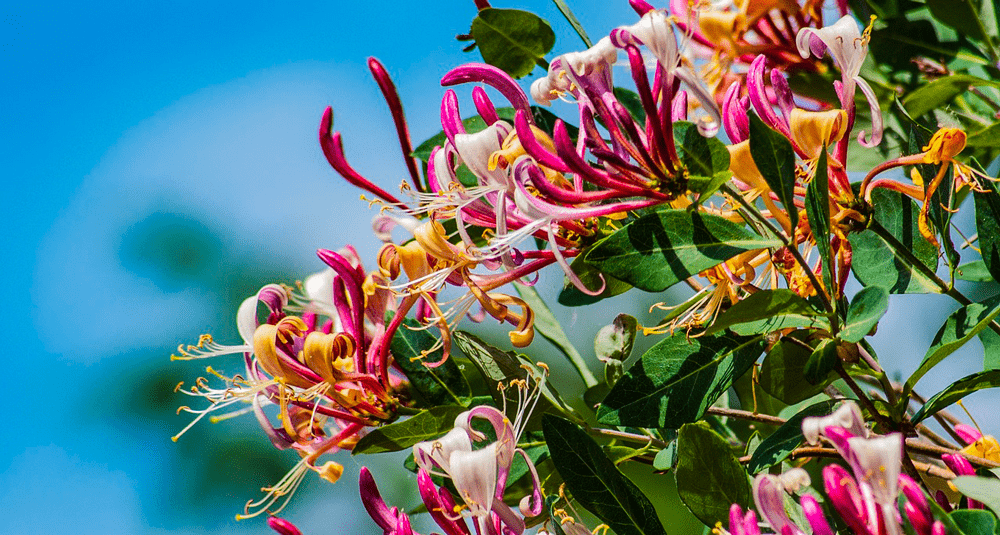Under what name is the genus lonicera also known?
Last Updated:
nature

Under what name is the genus lonicera also known?
Answer
Honeysuckle (genus Lonicera) are shrubs or lianas of the Caprifoliaceae family. Some species are also commonly known as camerias. Approximately 200 species are known in temperate regions of the northern hemisphere and sub-tropical regions.